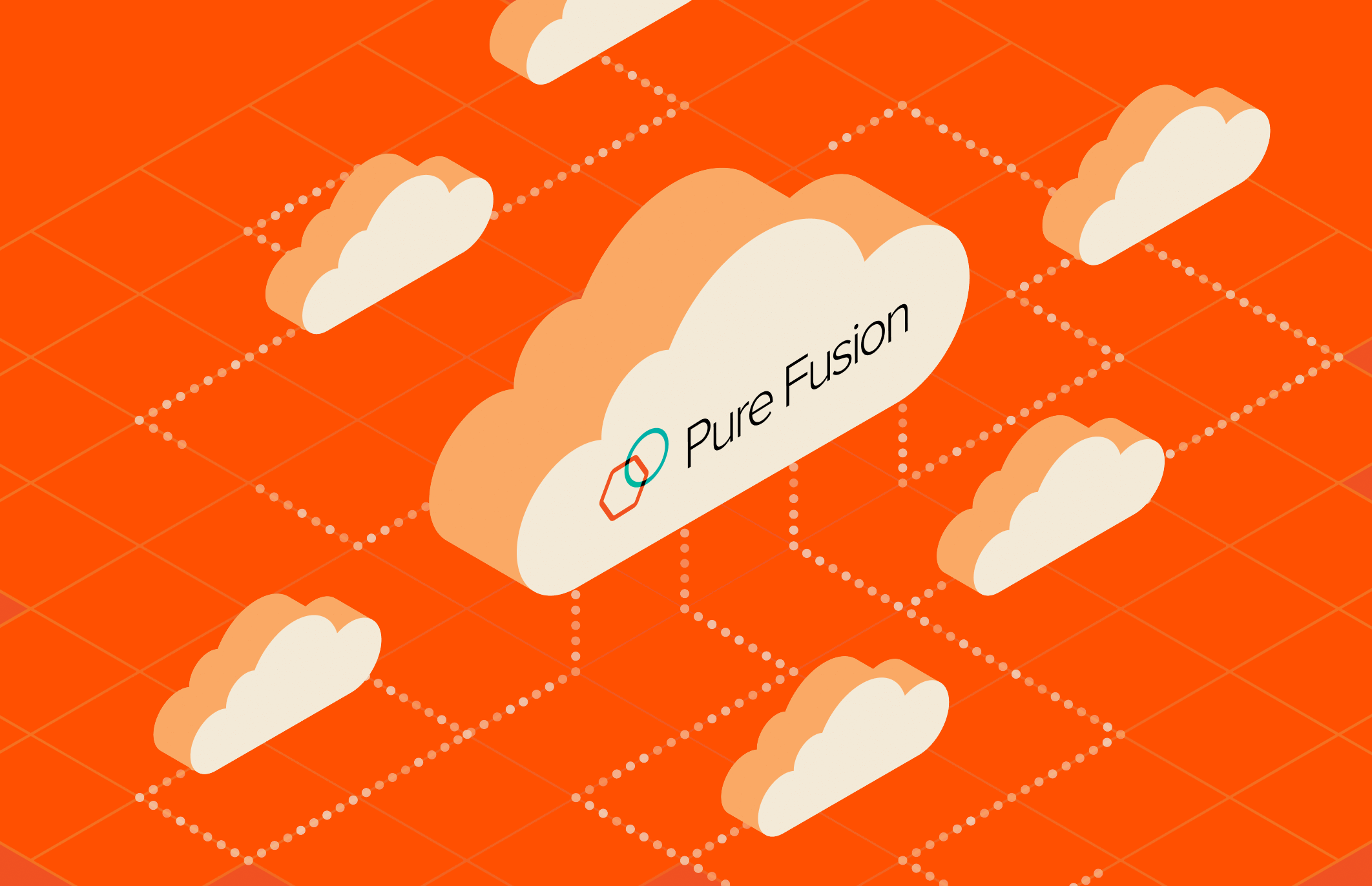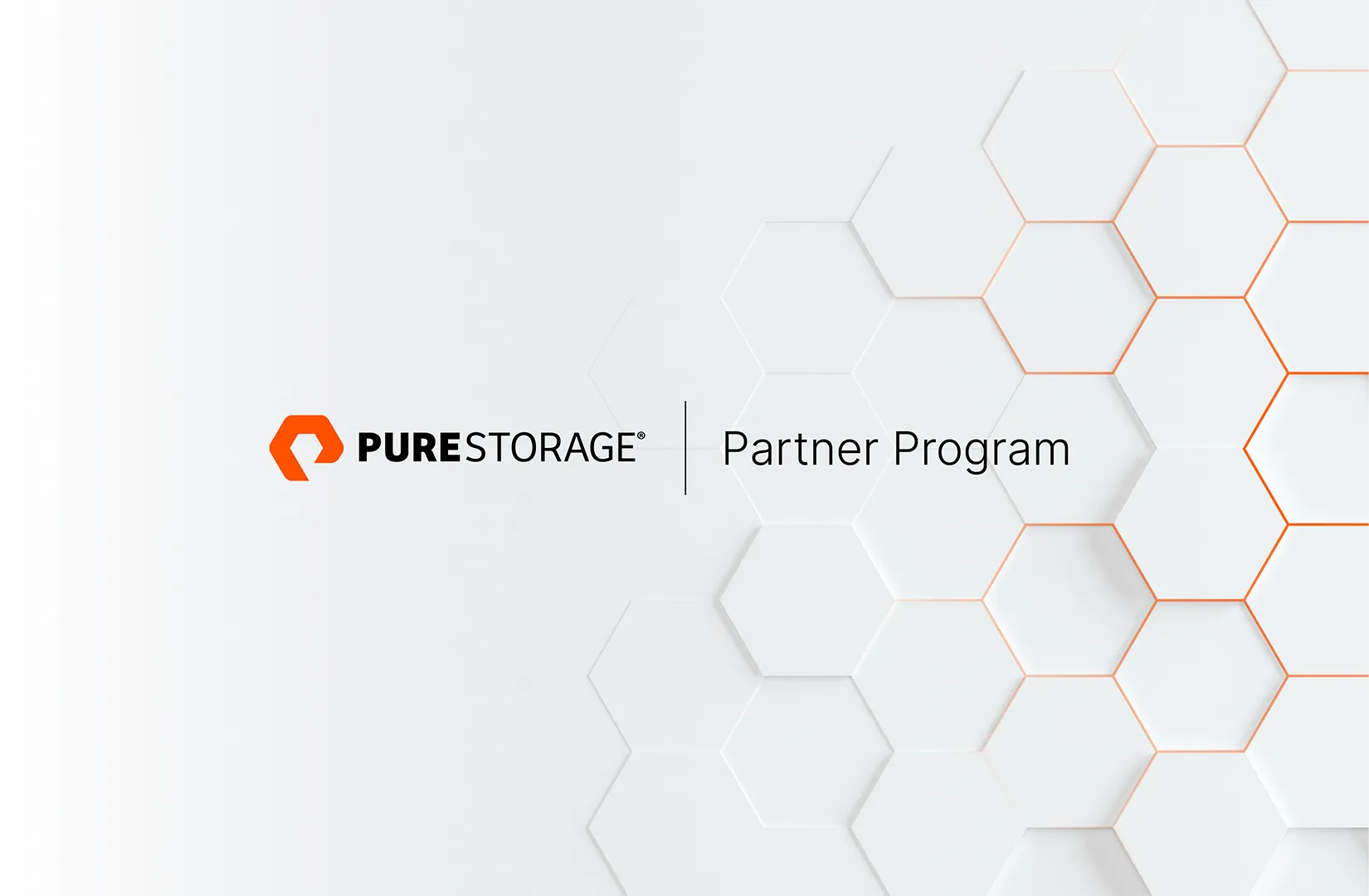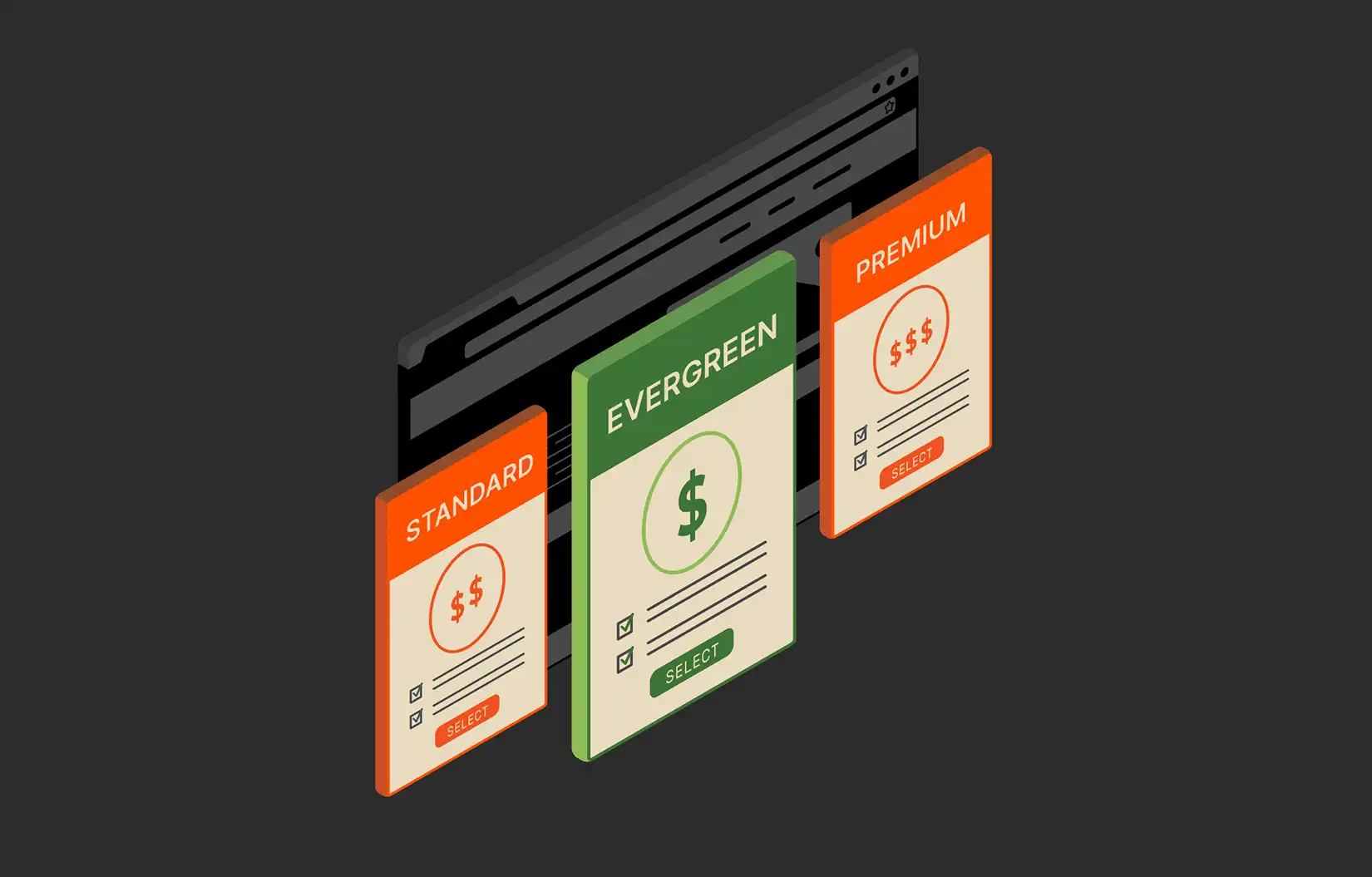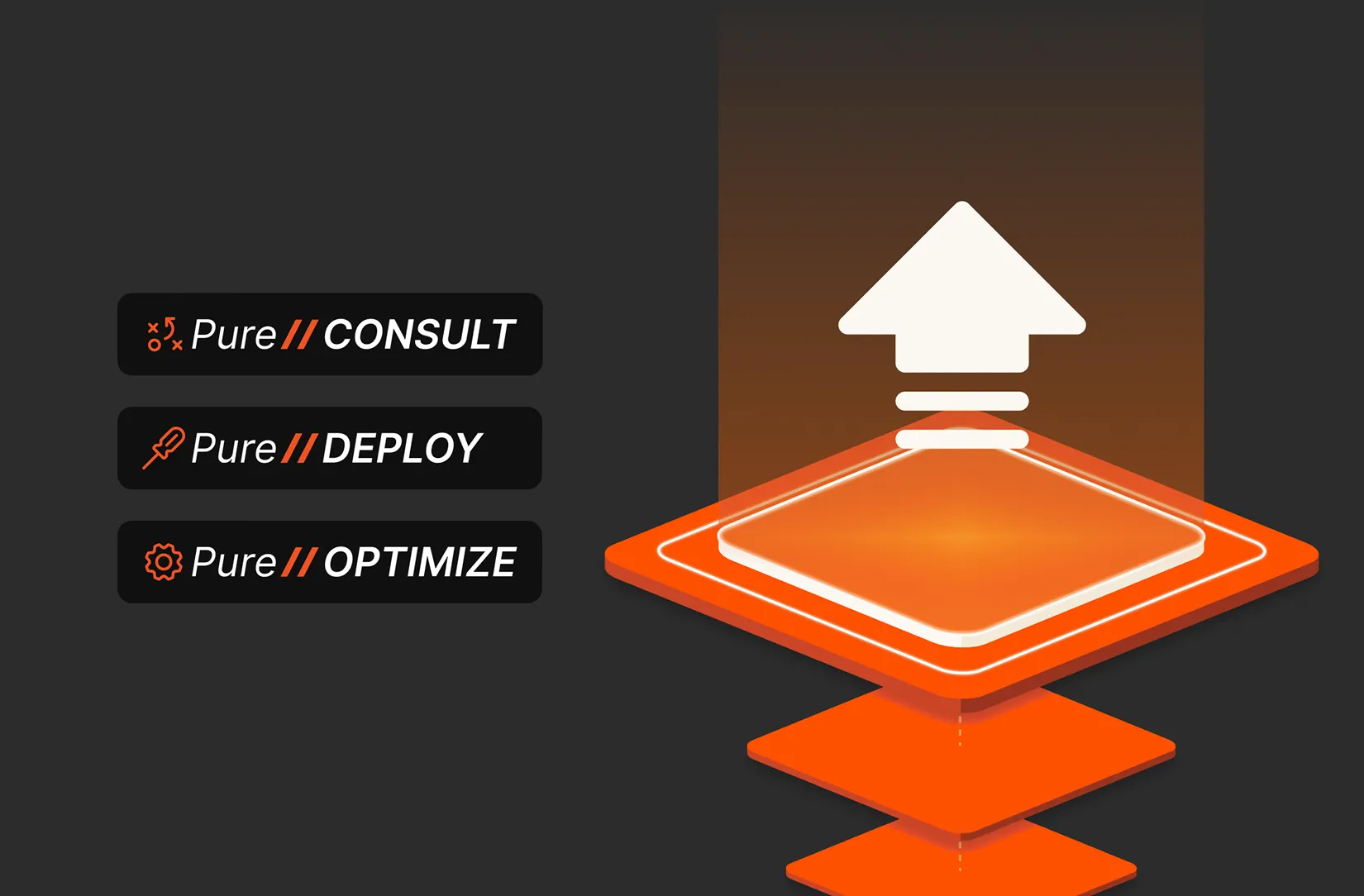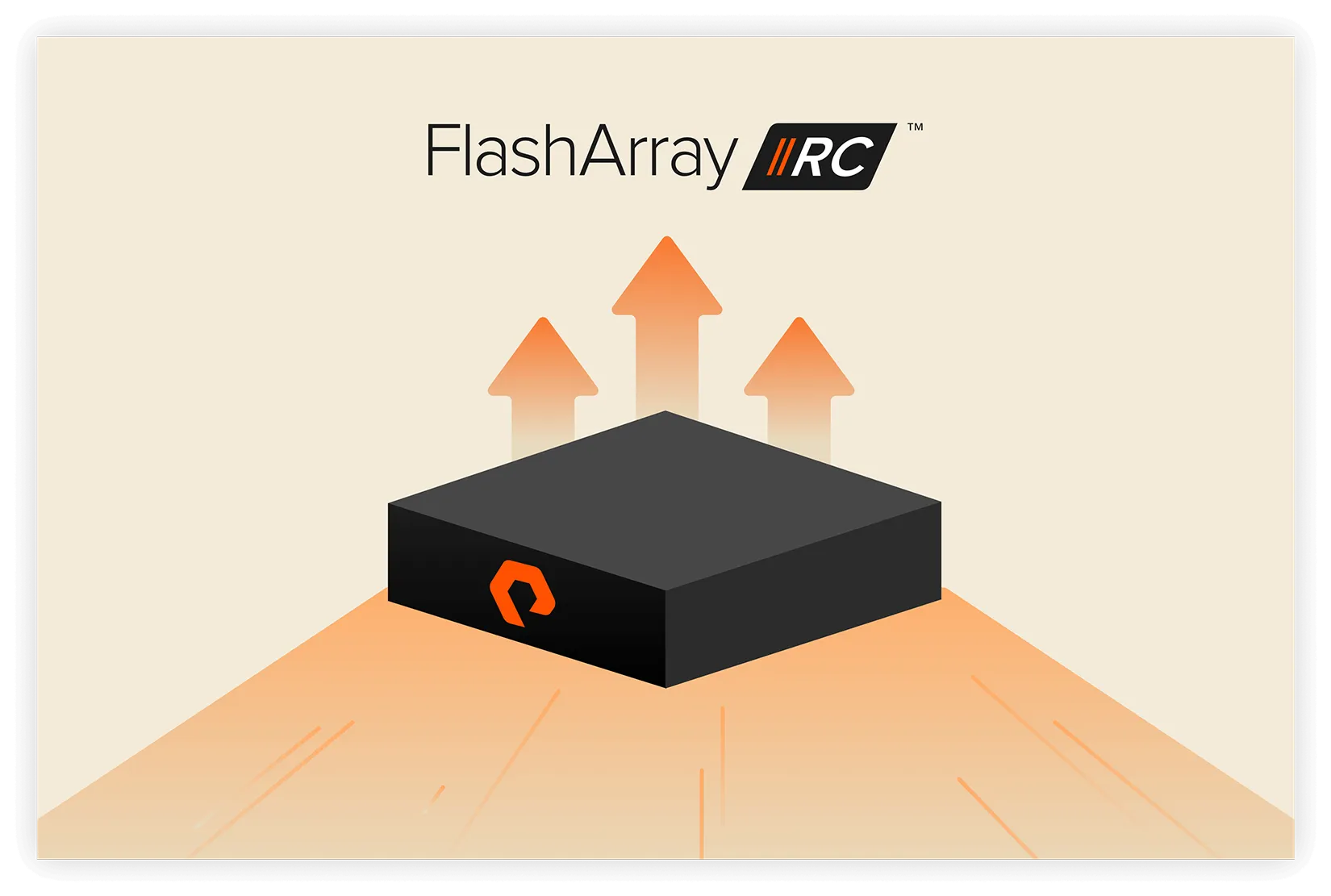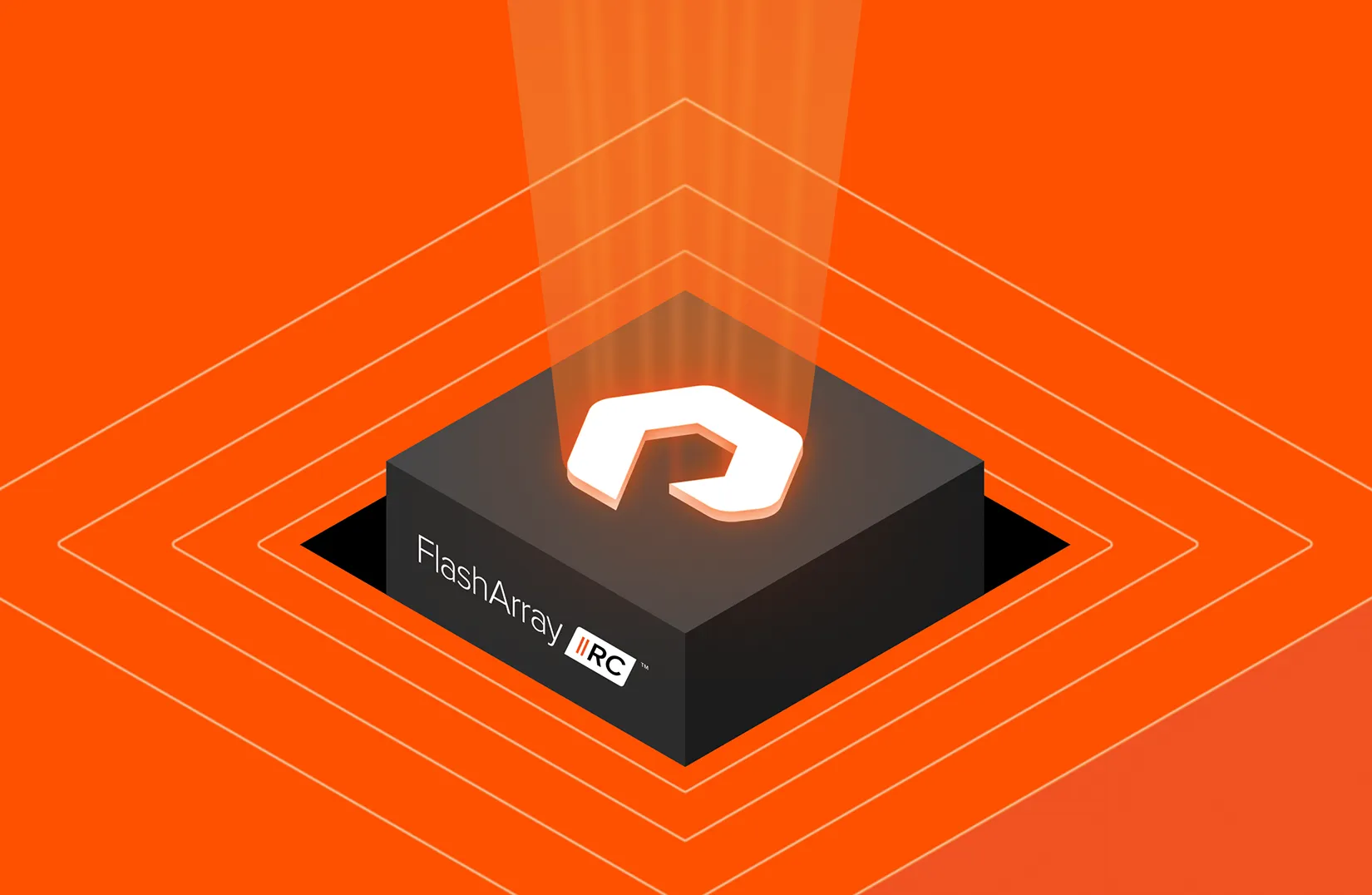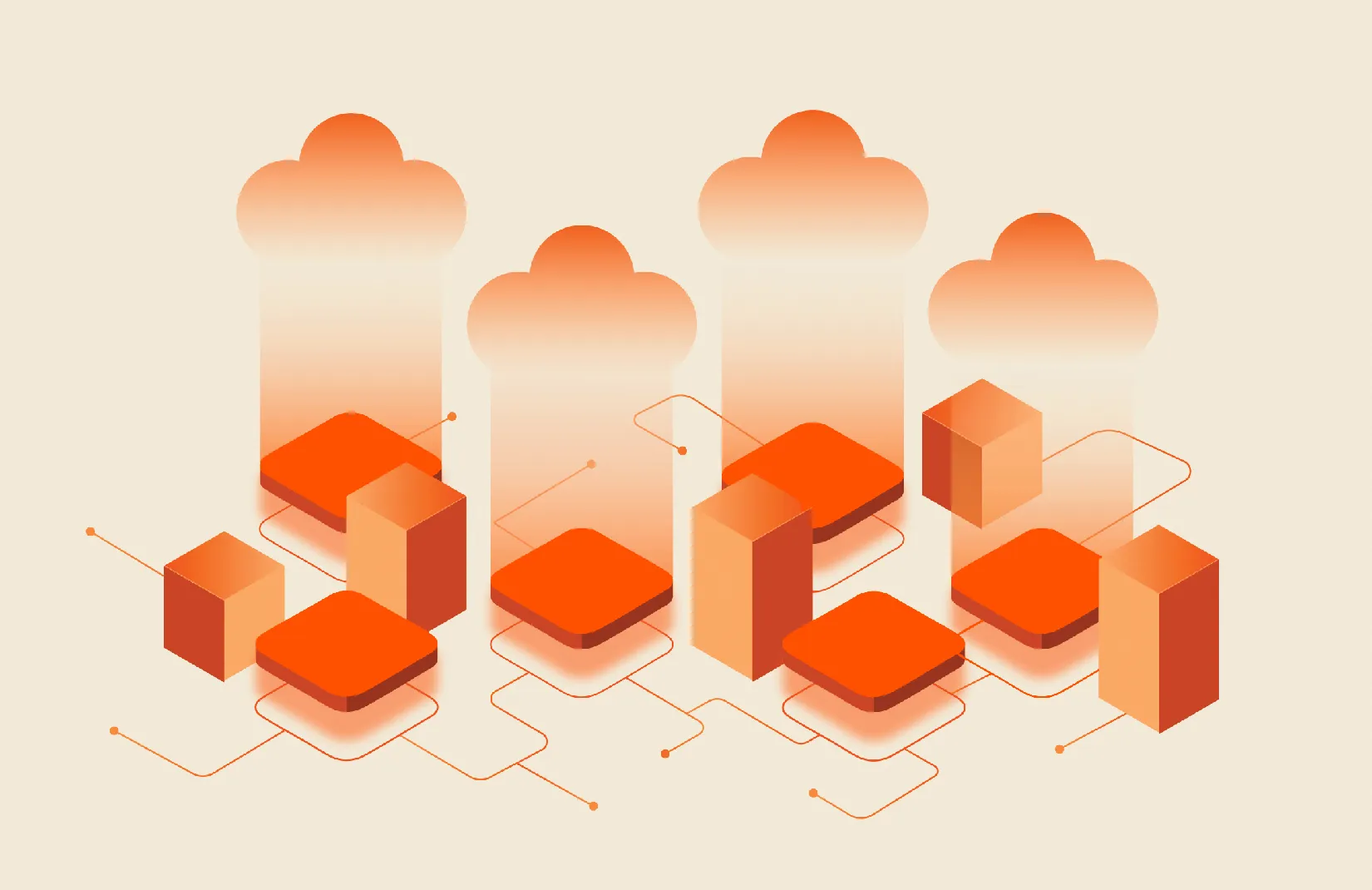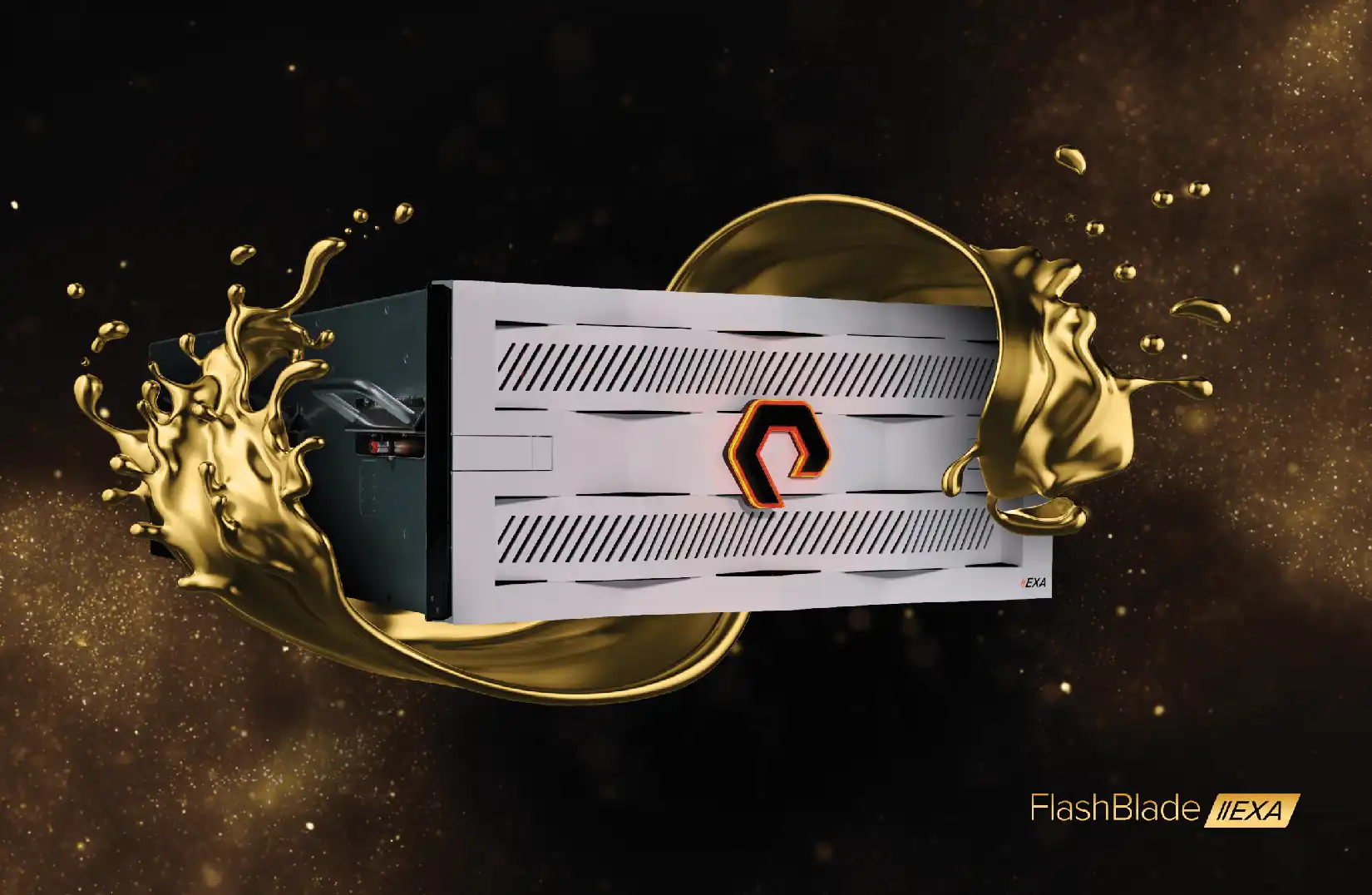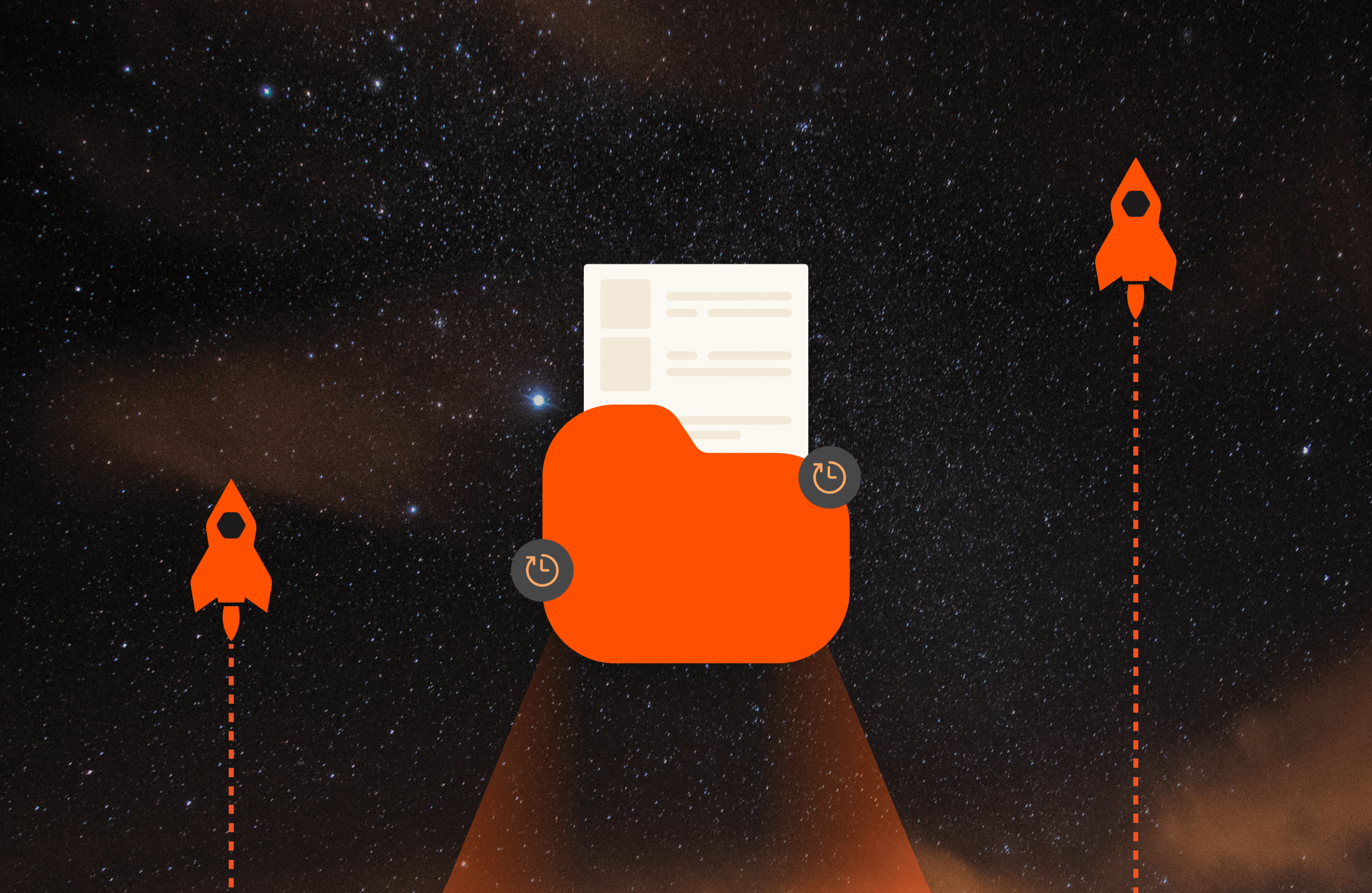Future of Data Storage
-
Bringing Data Strategies to Life with Expert Deployment
Without the right expertise, data infrastructure deployments can be slow, complex, and disruptive. See how the Pure Storage Advanced Services team can help you ensure success.
By:
FlashBlade//EXA is a reflection not only of our innovation engine but our ability to innovate rapidly while staying true to our promise of simplicity, consistency, performance, and efficiency. It sets a new standard for AI and HPC data storage performance, scalability, and adaptability.
Charles Giancarlo
CEO

![How Do the Embodied Carbon Dioxide Equivalents of Flash Compare to HDDs? [Part 1]](https://blog.purestorage.com/wp-content/uploads/2025/05/Embodied-Carbon-Dioxide-1.png)

